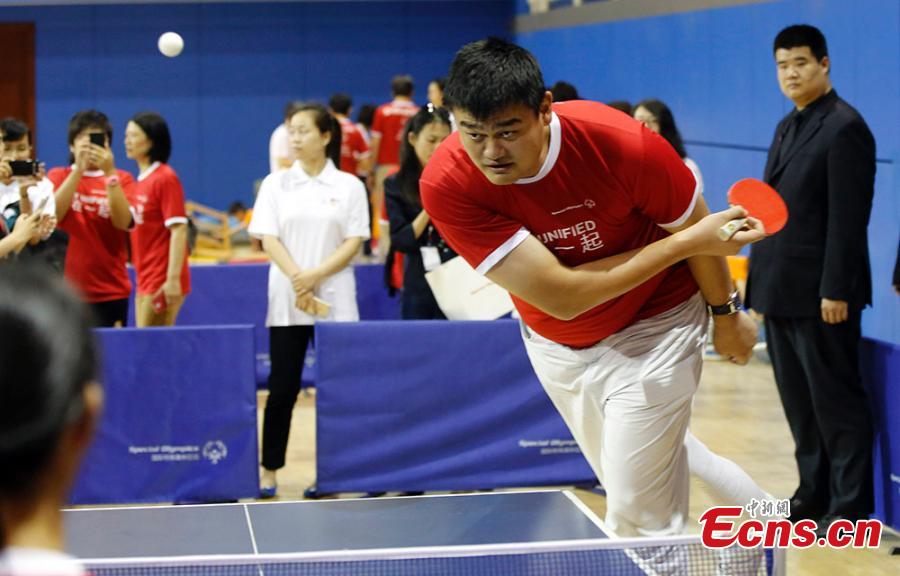And why this resistance? Golf, it seems, is good for economic development. The idea that "the GDP and actual foreign investment of China's cities and provinces is closely related to the number of [golf] holes [in that area]" (as the above-mentioned white paper suggests) seems to have taken hold among many local officials. And, although hard economic data to confirm this idea is scarce at best, the centrality of economic development to golf industry rhetoric, as well as the fact that roughly 70% of China's courses currently under construction are located in second and third tier cities desperate for economic development, seems to bear this idea out.
Another important factor in the growth of China's golf industry seems to be its relationship with real estate. China's courses are notoriously unprofitable in their own right, with a common saying among industry insiders suggesting that if they were not built in conjunction with villas or other luxury real estate developments at least seven tenths of China's golf courses would be unable to turn a profit. Cui Zhichang, secretary of China's Golf Association, once confirmed this when he told reporters that of all of China's courses, the number actually able to turn a profit "doesn't exceed 10."
Rather, it seems courses are built for the effect they have on local real estate values. The industry white paper mentioned above estimates that 70-90% of courses in China's primary development areas are affiliated with real estate development projects and discourse within the industry itself certainly seems to focus on the profits to be won by linking courses with high-brow housing developments (stories abound, for example, of the "10 billion Yuan estate" of Shenzhen's Guanlanhu course and Zhejiang's Qiandao Lake course, which one industry insider called "failed golf, but successful golf real estate").
Olympic ambitions represent a final driver in the expansion of China's golf industry. With the readmission of golf to the 2016 summer Olympic Games and a notable paucity of world-class Chinese golf talent (31-year-old Liang Wenchong is currently the sole Chinese player listed among the Official World Golf Ranking's top 100 players), China's coaches are surely scrambling to produce Olympic hopefuls from the nation's budding crop of young amateur players and will likely require the construction of more golf courses to do so.
It seems likely then that despite their illegality and the pressure they place on China's already scarce water resources (which is substantial), China's courses will continue to grow in the near future. In fact, with less than one percent of Chinese people already playing (far less than the 7% of Japanese that play the sport) and an ever-wealthier Chinese population looking for ways to flaunt its new-found riches, China's golf industry may be in for a wild ride indeed. *
*http://news.xinhuanet.com/english2010/china/2011-01/04/c_13676589.htm

















